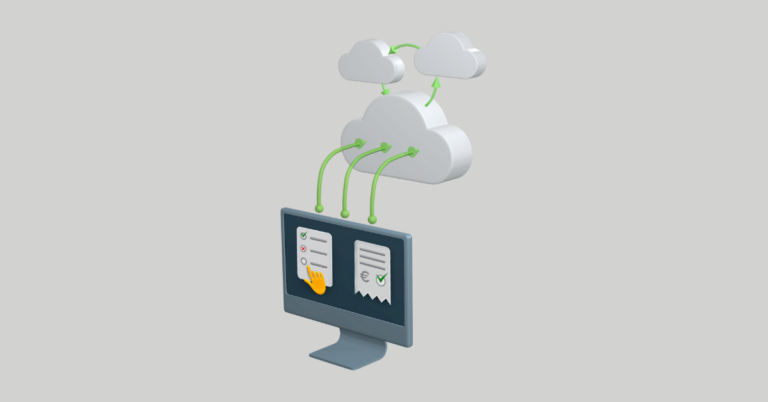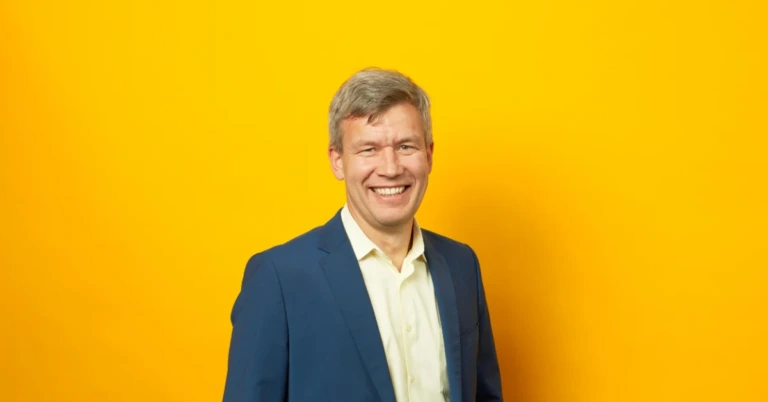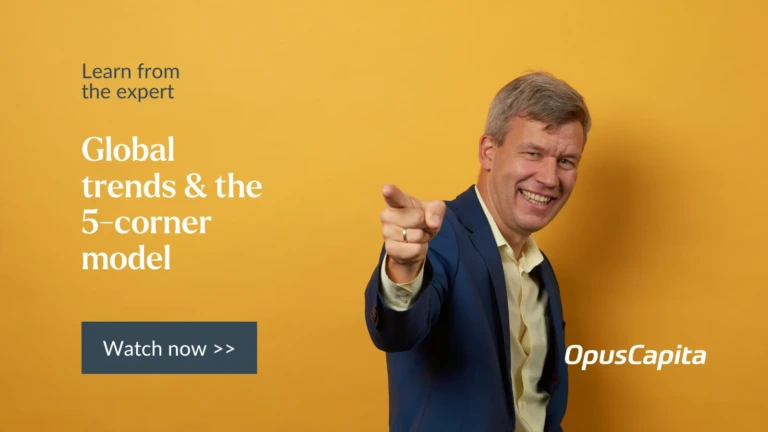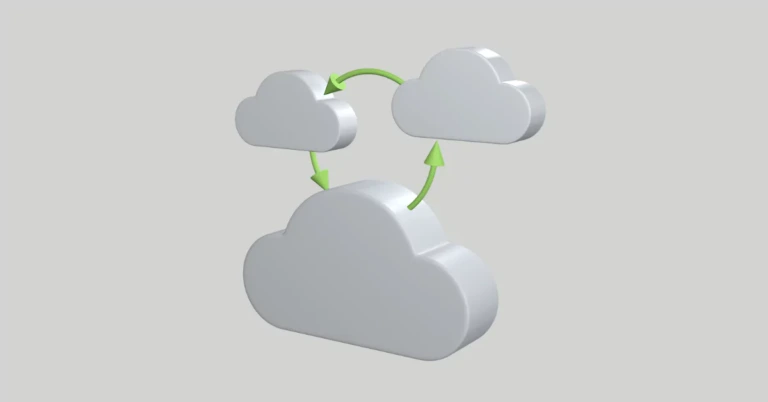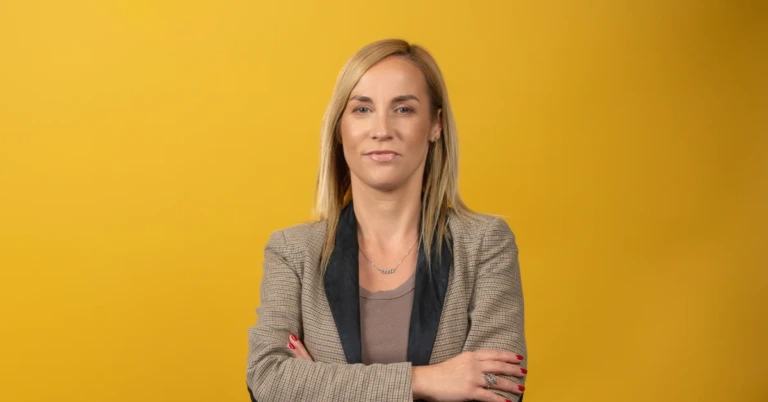
A dream about global interoperability network
05.10.2021
Ahti Allikas
It has been a while since I last wrote to you. Summer, Covid, and everything else has left a trace into my activities as well. I am back again to write about a dream I have had for 15 years already – a dream about global interoperability network in the world of business message exchange.
If 15 years back it felt like a “real” dream usually does – something far and almost impossible to achieve. Lately I have started to believe in it more and more.
Interoperability inside business message exchange and more closely in supply chain messaging has been something close to my heart for a long time. Being a member in the leadership committees of PEPPOL and EESPA and participating in North America’s BPC E-invoicing workgroup I have been preaching for an open network and open interoperability for years.
A year ago I wrote a blog about how 4 big industry groups came together to start to benchmark global interoperability using GIF (Global Interoperability Framework) model and today I have a reason to talk about the same topic.
At the end of June 2020 the GIF workgroup delivered a report. For me this report is like a “bible” of interoperability. It covers all the relevant stuff to make one interoperable network well, functional. It covers from the top to down all relevant interoperability layers – legislative, organisational, semantics and technical. In the rest of this blog I will give an overview of the essence of this paper.
The first thing to clarify right at the beginning – GIF is not a proposal for a single global or a physical network. GIF is a set of recommended practices, policies, standards and guidelines It is there to guide the creation of individual interoperability networks (global, regional, national, sectoral) based on open collaboration which supports buyers and suppliers to embrace digital business while helping service providers to meet their customer’s requirements. In GIF there are common identified interoperability artefacts which are proven, fit-for-purpose, robust, secure and can be supported and deployed irrespective of location.
I am really happy as GIF really meets the needs of end users (buyers and suppliers) in supply chain business message exchange by accelerating the automation while simplifying the connection to trading partners. It has the added benefit of being cost effective for onboarding your suppliers and customers even for so-called “long-tail” business partners. It is also beneficial for service providers like OpusCapita as it provides common interoperability ‘building blocks’ and reduces adoption costs. So at the end of the day GIF is beneficial for the whole digital economy by harmonizing and standardising the processes of interoperability.
As I already described above, the GIF building blocks are covering all the relevant interoperability layers. In GIF they are called 4D’s – Directive, Data, Delivery and Discovery. In Delivery, the recommended practices are the already familiar 4 corner architecture supported by CEF eDelivery using AS2 and AS4 message transfer protocols and SBDH message envelope. Regarding discovery GIF supports dynamic discovery model of the business participants supported by 3 level identifiers – legal entity, electronic address or identifier, electronic routing address. Also discovery is based on Oasis SML/SMP artefacts. In the Data section GIF is supporting the model where there is standardised message exchange based on UBL between corner 2 and corner 3 (in 4 corner model). The directive section covers 3 areas including legal and regulatory requirements, business requirements prescribed and governance model for the network entity.
I will not bother you with more details. In case of deeper interest you are always welcome to download the GIF document on your own from here. I am just happy that I could share this information with You.
If one asks ‘do we need to re-do different interoperability actions now,’ then I have to say NO. That’s really the beauty of the game. GIF is not a new standard from scratch – it is an agreement to reuse well proven artefacts. PEPPOL is a compliant GIF implementation already, EESPA is piloting GIF artefacts in its EESPA Interoperability Network and BPC work group is also making the proof of concept in North America using GIF artefacts. So we do not need to redo anything, just target it all towards a common direction.
I really believe that my 15 year old dream is slowly coming true.
If you want to know more about the OpusCapita Business Network, click here.

Ahti Allikas has been active in the e-invoicing industry since the year 2000. He currently works as Head of Partners and Networks at OpusCapita, and is responsible for the development of the e-invoicing ecosystem. Ahti is a member of the executive committee of the European E-invoicing Service Providers Association (EESPA), member of management committee of the OpenPeppol Association (PEPPOL) and also member of E-Invoicing expert group in the European Multi-Stakeholder Forum on E-Invoicing (EMSFEI).
On the pulse of interoperability development
OpusCapita actively participates in the international development of network interoperability, and we’re a member in international communities such as PEPPOL, EESPA, CEF and FeRD.
